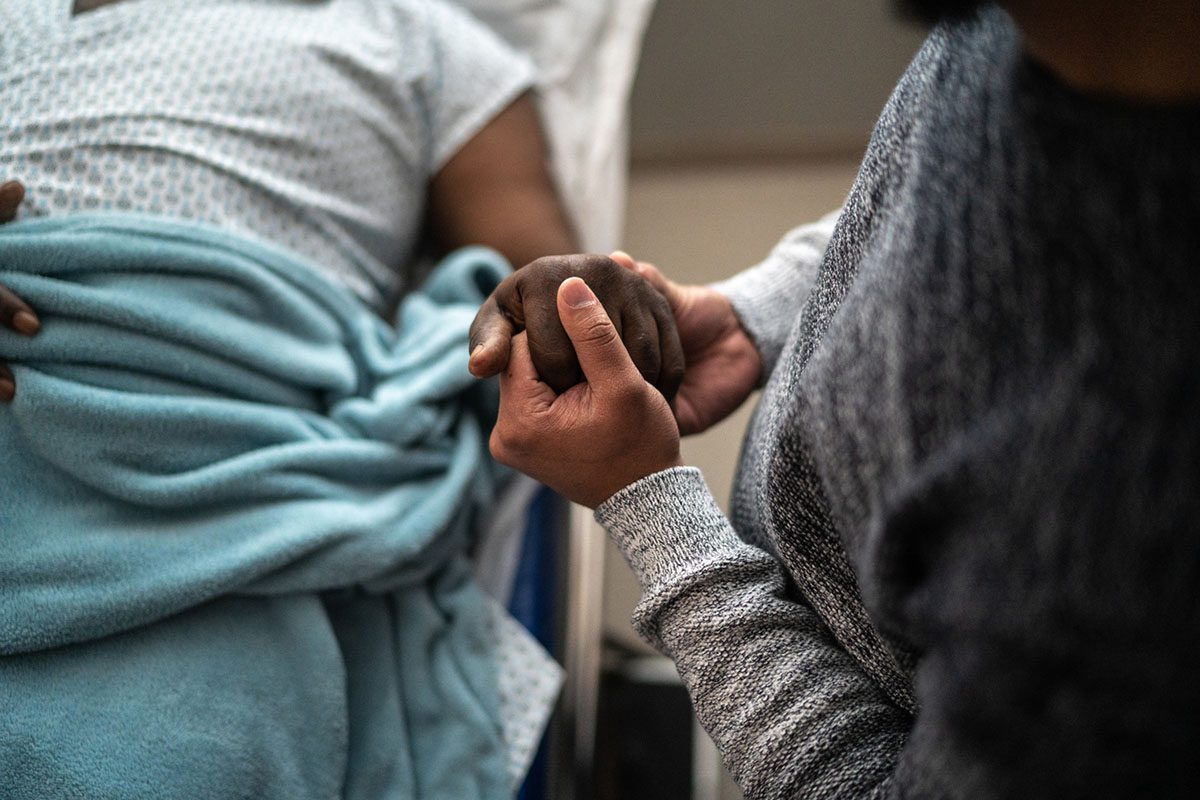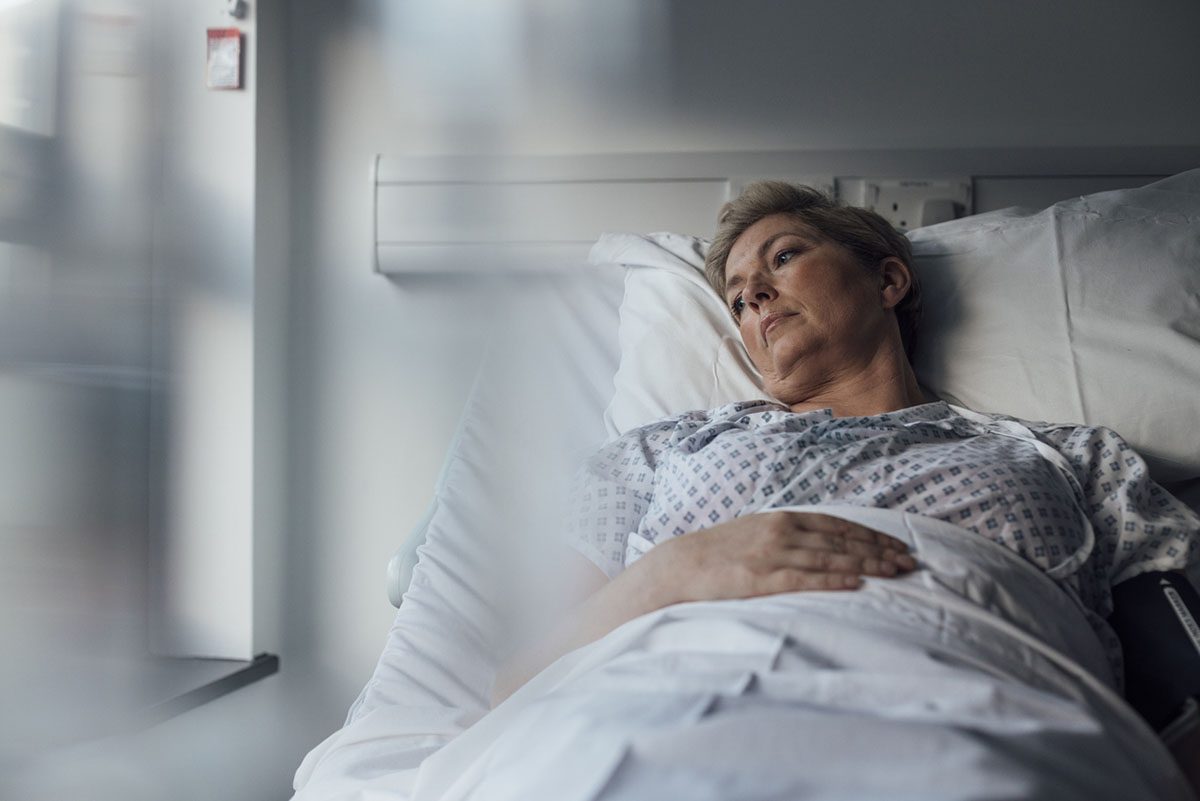Psilocybin is a serotonergic and dopaminergic psychedelic that has gained recognition in the potential to mitigate symptoms of major depressive disorder (MDD) and posttraumatic stress disorder (PTSD) in conjunction with psychotherapy.1,2 The primary mechanism of action in mediating the psychedelic and antidepressive effects of psilocybin is thought to be through agonism at the 5-hydroxytryptamine 2A (5-HT2A) receptor, but this agonism is not the sole mechanism of action.1,3 Microdosing psychedelics has been increasingly used by the public with a perception of improved well-being and mental functioning, but the impact and safety of unmonitored microdosing has yet to be fully established.4 Given psilocybin’s agonist action at 5-HT2A receptors and the substantial role this receptor is thought to play in the development of serotonin toxicity (ST), there is a theoretical risk for this psychedelic to contribute to ST.5 While current literature suggests overall a lower risk for ST with psilocybin use on its own, the risk may increase with concurrent use of other serotonergic agents as demonstrated in this case.5
Case Report
A 35-year-old woman with a history of MDD, chronic PTSD, generalized anxiety disorder, and multiple prior medication trials presented to the outpatient psychiatrist for routine care. The patient was on a regimen of venlafaxine ER 375 mg/day, bupropion XL 450 mg/day, lorazepam 1 mg twice/day, and recreational psilocybin use at unknown microdoses 4 times/week. Due to insomnia, trazodone 50 to 100 mg/night was added to her regimen. Within 2 days of starting trazodone 100 mg/night, she developed diaphoresis, tremor, flushing, ocular and spontaneous clonus, nausea, and increased anxiety. She was afebrile, hypertensive with a blood pressure of 143/92 mm Hg, and tachycardic with a heart rate of 122 bpm. Meeting Hunter serotonin toxicity criteria,6 the patient was medically admitted to the hospital and treated with supportive care. All her medications were discontinued outside of lorazepam, prompting resolution of her symptoms. Notably, the patient had previously tolerated venlafaxine ER 300 mg/day, bupropion XL 450 mg/day, lorazepam 1 mg twice/day, and trazodone 200 mg/night with no side effects, both with and without the recreational use of psilocybin.
Discussion
The risk of serotonin toxicity is thought to be low in cases of concurrent use of psilocybin with selective serotonin reuptake inhibitors, serotonin-norepinephrine reuptake inhibitors, and mirtazapine; however, utilizing high doses of these psychotropics with unregulated doses of psilocybin may place the patient at an elevated risk of ST as seen in this case.5 One notable limitation to this case is that the patient had not previously been on this increased dose of venlafaxine ER 375 mg/day with bupropion and trazodone but had tolerated a significant dose of venlafaxine with even higher doses of trazodone with no side effects.
The primary mechanism of trazodone at doses up to 100 mg/night is through antagonism at 5-HT2A, H1 histamine, and α-1 adrenergic receptors rather than blockade at the serotonin receptors.7 Additionally, the dose of psilocybin used was unknown and poses another limitation in evaluation for a potential dose-related effect. In this case, psilocybin use may have increased the risk of developing ST with any additional increase in intrasynaptic serotonin, which may have occurred with the addition of low-dose trazodone. While the weight of psilocybin’s serotonergic properties in potentiating the development of serotonin toxicity in this case is not fully known, it is a potential risk that must be considered.5 While development of ST with psilocybin use is not readily reported in the literature, this case demonstrates that unregulated and recreational use of psilocybin in the setting of polypharmacy demonstrates a potential risk for ST that should be diligently monitored.
Article Information
Published Online: February 29, 2024.
https://doi.org/10.4088/PCC.23cr03648
© 2024 Physicians Postgraduate Press, Inc.
Submitted: September 26, 2023; accepted: November 20, 2023.
To Cite: Amarnani AD, Free MF, Baweja R. Psilocybin and the development of serotonin toxicity. Prim Care Companion CNS Disord. 2024;26(1):23cr03648.
Author Affiliations: Penn State College of Medicine, Hershey, Pennsylvania (Amarnani); Department of Psychiatry and Behavioral Health, Penn State, College of Medicine, Hershey, Pennsylvania (Free, Baweja).
Corresponding Author: Melissa Free, MD, Department of Psychiatry and Behavioral Health, Penn State, College of Medicine, 500 University Drive, Hershey, PA 17033 ([email protected]).
Relevant Financial Relationships: None.
Funding/Support: None.
Patient Consent: Consent was received from the patient to publish the case report, and information has been de-identified to protect anonymity.
ORCID: Melisa Free: https://orcid.org/0000-0002-8034-9418; Ritika Baweja: https://orcid.org/0000-0003-4645-9426.
References (7)

- Lowe H, Toyang N, Steele B, et al. The therapeutic potential of psilocybin. 2021;26(10):2948. PubMed CrossRef
- Gukasyan N, Davis AK, Barrett FS, et al. Efficacy and safety of psilocybin-assisted treatment for major depressive disorder: prospective 12-month follow-up. J Psychopharmacol. 2022;36(2):151–158. PubMed CrossRef
- Johnson MW, Griffiths RR. Potential therapeutic effects of psilocybin. 2017;14(3):734–740. PubMed CrossRef
- Cavanna F, Muller S, de la Fuente LA, et al. Microdosing with psilocybin mushrooms: a double-blind placebo-controlled study. Transl Psychiatry. 2022;12(1):307. PubMed CrossRef
- Malcolm B, Thomas K. Serotonin toxicity of serotonergic psychedelics. Psychopharmacology (Berl). 2022;239(6):1881–1891. PubMed CrossRef
- Dunkley EJ, Isbister GK, Sibbritt D, et al. The Hunter Serotonin Toxicity Criteria: simple and accurate diagnostic decision rules for serotonin toxicity. QJM. 2003;96(9):635–642. PubMed CrossRef
- Stahl SM. Mechanism of action of trazodone: a multifunctional drug. CNS Spectr. 2009;14(10):536–546. PubMed CrossRef
Please sign in or purchase this PDF for $40.




